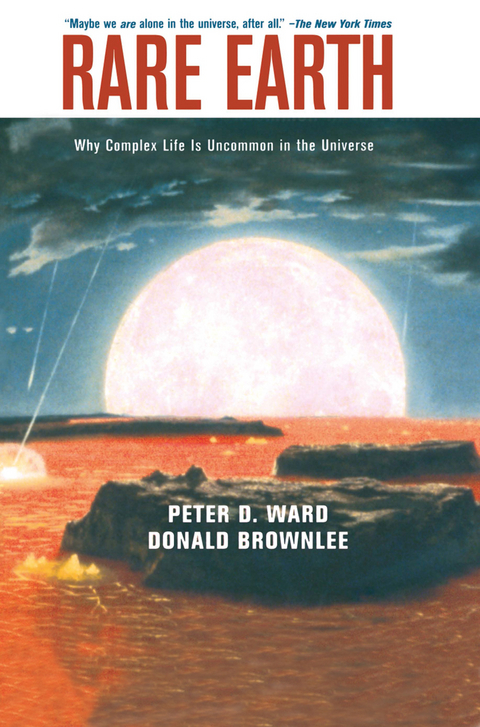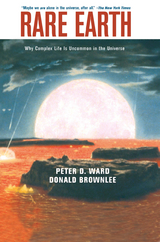Rare Earth
Copernicus Books (Verlag)
978-0-387-95289-5 (ISBN)
Why Life Might Be Widespread in the Universe.- Habitable Zones of the Universe.- Building a Habitable Earth.- Life’s First Appearance on Earth.- How to Build Animals.- Snowball Earth.- The Enigma of the Cambrian Explosion.- Mass Extinctions and the Rare Earth Hypothesis.- The Surprising Importance of Plate Tectonics.- The Moon, Jupiter, and Life on Earth.- Testing the Rare Earth Hypothesis.- Assessing the Odds.- Messengers from the Stars.
"...likely to cause a revolution in thinking..."The New York Times "...[the book] has hit the world of astrobiologists like a killer asteroid..."Newsday (New York) "...a sobering and valuable perspective..."Science "...a startling new hypothesis..."Library Journal "...Peter Ward and Donald Brownlee offer a powerful argument..."The Economist"...provocative, significant, and sweeping..."Northwest Science & Technology "...a stellar example of clear writing..."American Scientist
| Zusatzinfo | XXXIV, 338 p. |
|---|---|
| Verlagsort | New York |
| Sprache | englisch |
| Maße | 155 x 235 mm |
| Themenwelt | Sachbuch/Ratgeber ► Natur / Technik ► Weltraum / Astronomie |
| Naturwissenschaften ► Biologie | |
| Naturwissenschaften ► Physik / Astronomie ► Astronomie / Astrophysik | |
| Sozialwissenschaften | |
| ISBN-10 | 0-387-95289-6 / 0387952896 |
| ISBN-13 | 978-0-387-95289-5 / 9780387952895 |
| Zustand | Neuware |
| Haben Sie eine Frage zum Produkt? |
aus dem Bereich




